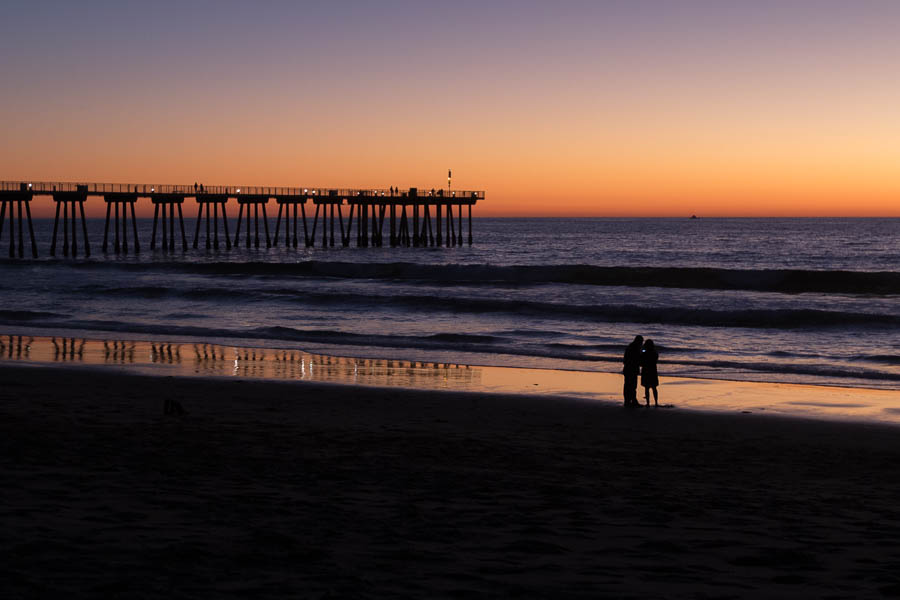Writing for Medium, Scott Lucas paints a dismal picture of Tinseltown after 50 more years of climate change:
“With the exception of the highest elevations and a narrow swath very near the coast, where the increases are confined to a few days, land locations see 60–90 additional extremely hot days per year by the end of century,” one study concluded. Downtown Los Angeles could experience up to 54 days measuring 95 degrees or higher by 2100, a ninefold jump. By then, temperatures in Riverside could reach over 95 degrees for half the year.
“By the end of century,” the authors of the study found, “a distinctly new regional climate state emerges.” This climate includes a new, fifth season: a super summer, driving people indoors for weeks at a time, stressing the power grid with heavy demand for air conditioning, and wreaking havoc on agriculture and, by extension, the food supply.
Meanwhile, beaches in Los Angeles will be facing their own threats. Rising sea levels will attack the coast in at least two ways: inundating beaches and eroding cliffs. “Our beaches are compromised. Not just from overall sea level rise, but also coastal storm events,” says Lauren O’Connor Faber, the city’s chief sustainability officer.
In 2017, scientists modeled the effects of sea level rise on 500 kilometers of shoreline in Southern California. A sea level rise of 0.93 to two meters, they predicted, would result in the loss of 31 to 67 percent of beaches in Southern California, including some of its most well-known. A separate USC study concluded, “In Malibu, both low and high sea level rise scenarios suggest that long segments of beach will essentially disappear by 2030.”
So this could be a thing of the past during my lifetime:
